Trilobite legs in 3D: understanding the fossilization process
Published in Earth & Environment

Trilobites are iconic extinct animals with a spectacular fossil record that includes over 20,000 known species during a 250-million-year long history from the Cambrian to Permian periods thanks to their durable and easily preserved calcite exoskeleton (Figure 1). Despite their abundance as body fossils, the soft non-biomineralized legs in the ventral side of the body are rarely fossilized because they are more prone to damage or loss due to decay. Trilobite legs are only known from exceptional localities such as the Burgess Shale (British Columbia, Canada) or Beecher’s Bed (New York, USA), but these fossils are severely compacted not held in life position and are only known from fully outstretched specimens.
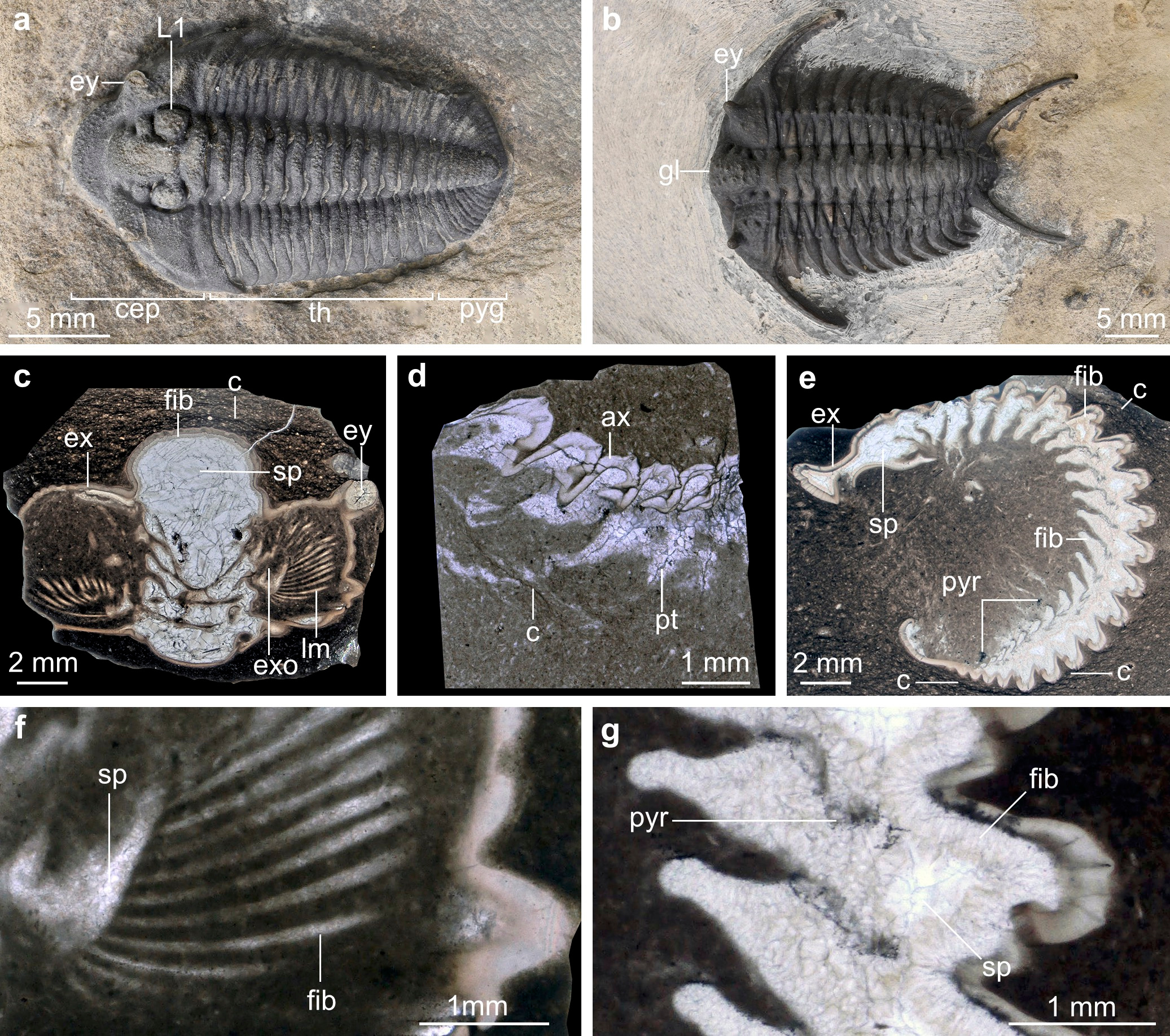
Figure 1. Trilobites from the Walcott-Rust with appendages preserved in 3D calcite casts.
The Walcott-Rust Quarry has abundant fossils, producing 22 species of trilobites as well as ostracods, crinoids, brachiopods, bryozoans, and nautiloids. Most interesting, trilobites from a 2cm thick layer have intact legs inside their enrolled bodies. These three-dimensional fossils in the Walcott-Rust Quarry are preserved in an unusual way with the soft tissues being supported by a fine-grained matrix and filled by two phases of calcite crystals and pyrite (Figure 1). Located near Trenton Falls in upstate New York in the region originally inhabited by the Mohawk and Oneida Native American tribes, the West Canada Creek exposed fossils through erosion (Figure 2). In the late 1800s, a young Charles D. Walcott, who would go on to discover the Burgess Shale in British Columbia, Canada and work as the director of the Smithsonian National Museum of Natural History, was exploring fossils of New York to sell commercially. Together with William Palmer Rust, they began collecting fossils from what would become the Walcott-Rust Quarry. During fossil collection, some specimens broke and exposed calcite crystals inside the enrolled bodies. With the help of his mother (Mary Walcott) and sister (Mary Josephine “Josie” Walcott), Walcott used steam powered saws to cut enrolled trilobites into thin sections less than half a millimeter thick and attached them to glass slides using balsam sap.
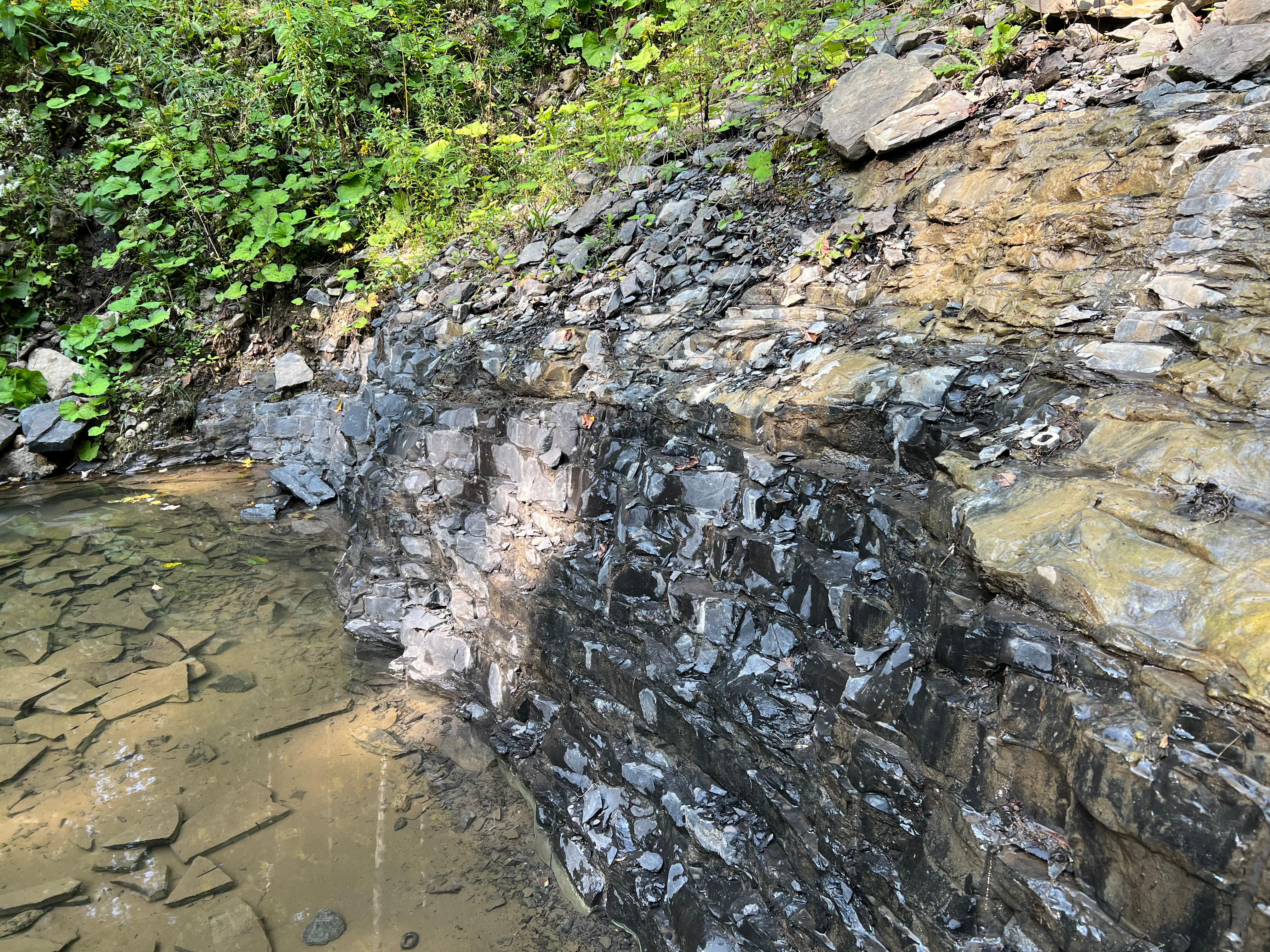
Figure 2. The Walcott-Rust Quarry in upstate New York. Photo credit: Sarah R. Losso.
In the 1870s, Walcott published on the calcite cast appendages of a trilobite, Ceraurus pleurexanethemus, from the Walcott-Rust. Although trilobite limbs had previously been discovered, they were incomplete and did not show the gill structure. Walcott prepared over 250 specimens as thin sections, now housed at the Museum of Comparative Zoology, Harvard and the Smithsonian National Museum of Natural History. The calcite casts preserved exquisite detail of the limbs, but interpreting three-dimensional structures seen only through an arbitrary two-dimensional plane proved challenging and the morphology has remained controversial. Part of that debate centered around the nature of delicate spines along the inner portion of the appendage, which some authors argued reflected the true morphology while others believed them to be artifacts of preservation.
The rarity of trilobite appendages, especially in three-dimensions, and the unusual mode of fossilzation makes the Walcott-Rust Quarry important for studying both limb morphology and evolution, but also for understanding the circumstances that lead to exceptional preservation. We studied new specimens from the Walcott-Rust, kindly donated by fossil collector and avocational paleontologist Dan Cooper, to study the compositions of the crystal phases and understand the sequence of events leading to the preservation of these remarkable fossils. The fossils display a consistent pattern of crystals with a rim of translucent orange fibrous crystals pointing inwards, large clear sparry crystals filling the remaining space and pyrite framboids between and embedded within crystals.
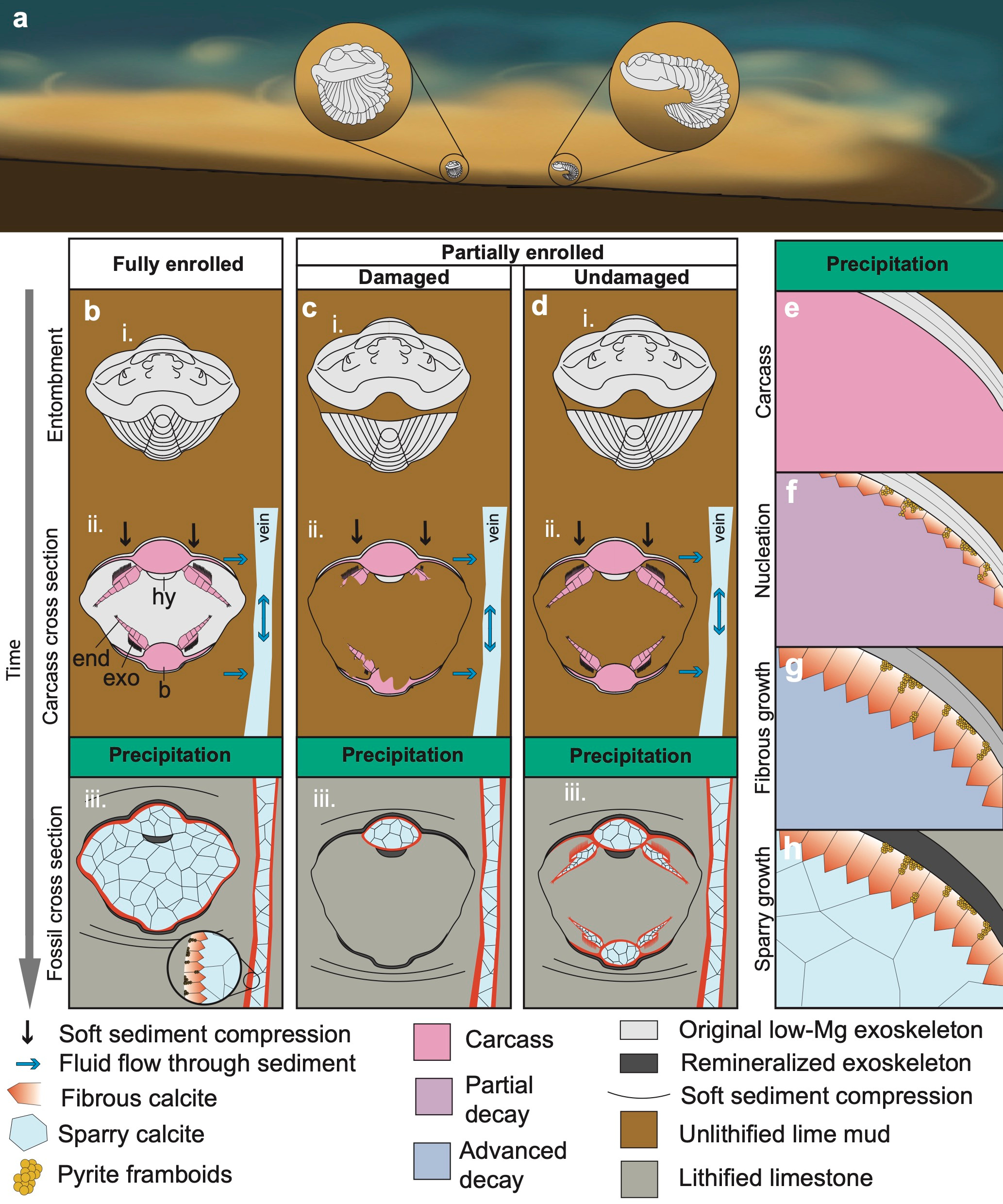
Figure 3. Taphonomic model showing the role of fine-grained sediment and enrollment in producing 3D calcite casts.
The new analyses allowed us to propose a hypothesis explaining the peculiar preservation of these exceptional trilobite. Trilobites lived on the seafloor, but when sediment mixed with water and formed slurries that rapidly moved down slope, they were caught up in the underwater avalanche and transported along with the mud (Figure 3A). Because of this disturbance, they enrolled their bodies to protect the more delicate ventral structures. Individuals that remained completely enrolled prevented the fine-grained sediment from surrounding the appendages and creating an external mold. In this case, calcite crystals precipitated within the entire enrolled exoskeleton and no appendages were preserved (Figure 3B). If the trilobite did not stay fully enrolled, then the sediment could encase the appendages which facilitated the preservation by creating an external mold. However, if the appendages were damaged during this process, they likely decayed too quickly and were not fossilized (Figure 3C). When the appendages were undamaged, the sediment mold supported even the most delicate features long enough for calcite crystals to precipitate (Figure 3D). Calcite crystals are found in all three scenarios, indicating the conditions were widespread, and similar crystal textures also associated with pyrite framboids are found in veins.
The enrolled body did not inhibit fluid flow and create an internal microenvironment as indicated by the lack of differentiation between fossil and veins calcite compositions. The amount of calcite found within fully enrolled specimens could not have formed with just the calcium from the carcass. However, enrollment did help preserve the appendages by preventing sediment compaction from disturbing the 3D structure of the appendages.
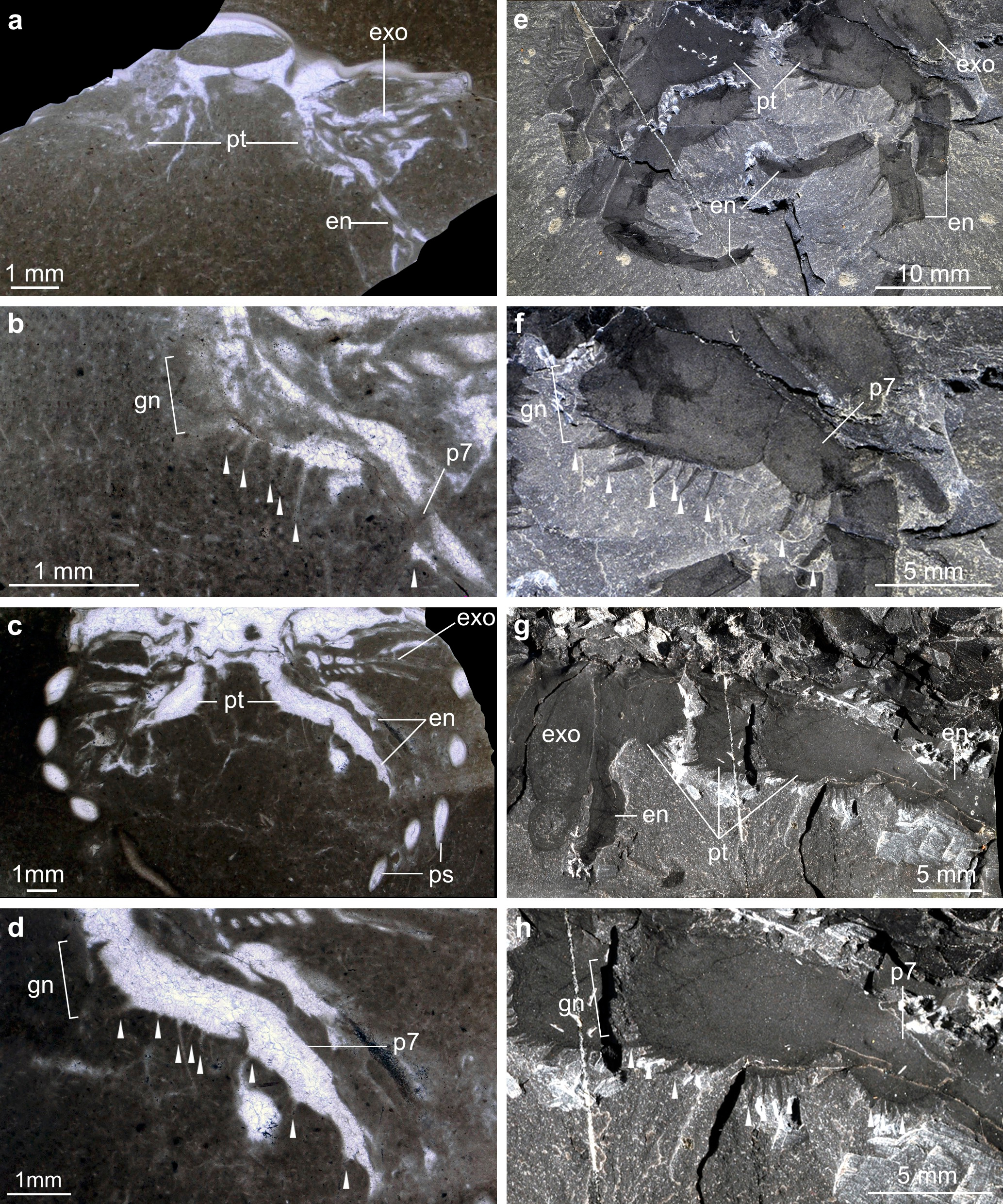
Figure 4. Spines along the medial and ventral edges of appendages in Ceraurus pleurexanthemus from the Walcott-Rust Quarry compared to Olenoides serratus from the Burgess Shale.
Trilobites used their limbs for breathing, movement, and crushing food, making understanding the morphology crucial to interpreting their ecology and behavior. We show that the previously controversial spines occur in a non-random pattern that is nearly identical between specimens and with similar placement to other trilobite species from different locations (Figure 4). This indicates that the spines are not artifacts of preservation but reflect the true morphology. Fossils such as those found at the Walcott-Rust allow us to study how these animals lived over 450 million years ago and is the crucial first step is understanding the fossilization process to make accurate reconstructions of the morphology.
Follow the Topic
-
Communications Earth & Environment

An open access journal from Nature Portfolio that publishes high-quality research, reviews and commentary in the Earth, environmental and planetary sciences.
Related Collections
With Collections, you can get published faster and increase your visibility.
Geology of the Moon
Publishing Model: Hybrid
Deadline: Jan 31, 2026
Drought
Publishing Model: Hybrid
Deadline: Dec 31, 2025
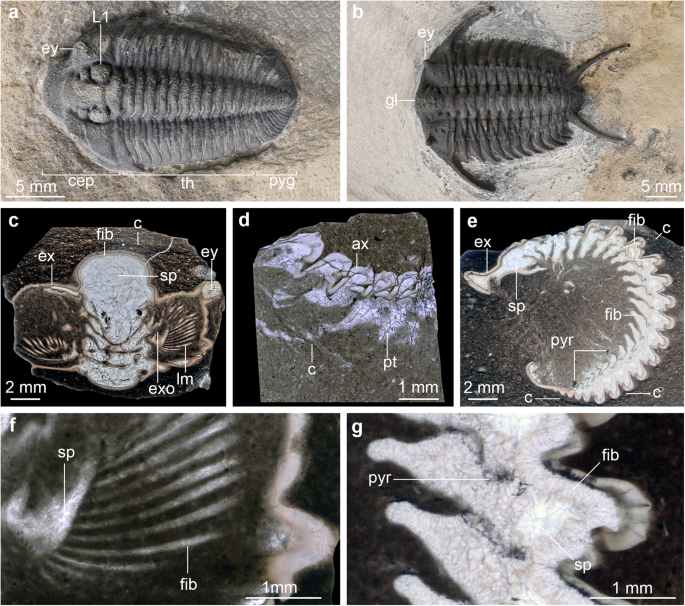

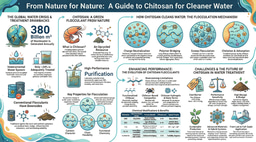
Please sign in or register for FREE
If you are a registered user on Research Communities by Springer Nature, please sign in